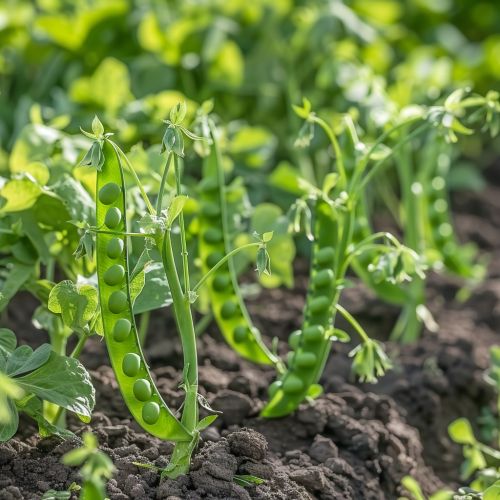Independent assortment
Independent Assortment
Independent assortment is a fundamental principle of genetics that describes how different genes independently separate from one another when reproductive cells develop. This concept is crucial for understanding the genetic variation observed in offspring. It was first formulated by Gregor Mendel in the 19th century through his work on pea plants.


Historical Background
Gregor Mendel, often referred to as the father of modern genetics, conducted experiments on pea plants in the mid-1800s. His observations led to the formulation of the laws of inheritance, including the law of independent assortment. Mendel's work went largely unrecognized during his lifetime but was rediscovered at the turn of the 20th century, laying the foundation for modern genetics.
Mendel's Experiments
Mendel's experiments involved cross-breeding pea plants with different traits, such as flower color and seed shape. He observed that the inheritance of one trait did not affect the inheritance of another. For example, the color of the flower did not influence the shape of the seed. This led to the conclusion that genes for different traits are inherited independently of each other.
Chromosomal Basis
The chromosomal theory of inheritance, proposed by Walter Sutton and Theodor Boveri in the early 20th century, provided a physical explanation for Mendel's laws. According to this theory, genes are located on chromosomes, which segregate independently during meiosis. This process ensures that each gamete receives a random assortment of chromosomes, and thus a random assortment of genes.
Mechanism of Independent Assortment
During meiosis, homologous chromosomes pair up and exchange genetic material through a process called crossing over. This results in new combinations of alleles on each chromosome. When these homologous chromosomes are separated into different gametes, the alleles for different genes are distributed independently. This randomness is the essence of independent assortment.
Genetic Variation
Independent assortment is a key contributor to genetic variation in sexually reproducing organisms. Along with mutation and recombination, it ensures that offspring have a unique combination of genes, which is essential for evolution and adaptation. The vast genetic diversity observed in populations is largely due to the independent assortment of chromosomes during meiosis.
Exceptions and Modifications
While independent assortment is a general rule, there are exceptions. Genes located close to each other on the same chromosome tend to be inherited together, a phenomenon known as genetic linkage. However, even linked genes can be separated by crossing over, although this occurs less frequently.
Applications in Modern Genetics
Understanding independent assortment has practical applications in fields such as breeding, genetic counseling, and biotechnology. For instance, plant and animal breeders use this principle to predict the outcomes of crosses and to develop new varieties with desirable traits. In genetic counseling, knowledge of independent assortment helps in assessing the risk of inherited disorders.
Mathematical Representation
The principles of independent assortment can be mathematically represented using Punnett squares and probability theory. These tools allow geneticists to predict the likelihood of different genotypes and phenotypes in offspring. The use of Mendelian ratios (such as 9:3:3:1 for dihybrid crosses) is a direct application of the law of independent assortment.
Experimental Evidence
Numerous experiments have confirmed the principle of independent assortment. Classic experiments include those conducted by Mendel himself, as well as later studies on fruit flies (Drosophila melanogaster) by Thomas Hunt Morgan. These experiments have consistently demonstrated that genes located on different chromosomes assort independently during gamete formation.
Future Directions
Research in genetics continues to explore the complexities of inheritance, including the interactions between genes and the environment. Advances in genomics and bioinformatics are providing deeper insights into the mechanisms of independent assortment and its implications for health, disease, and evolution.
